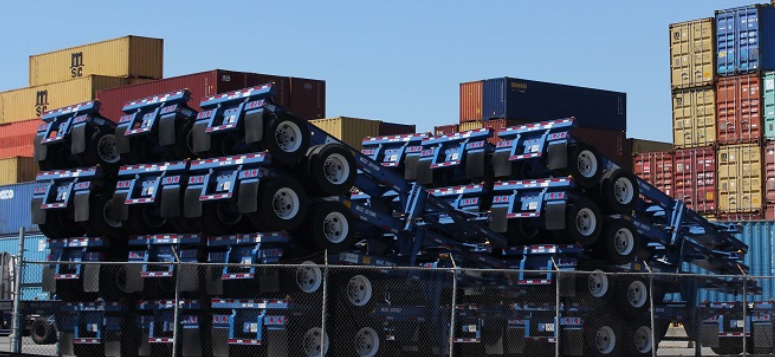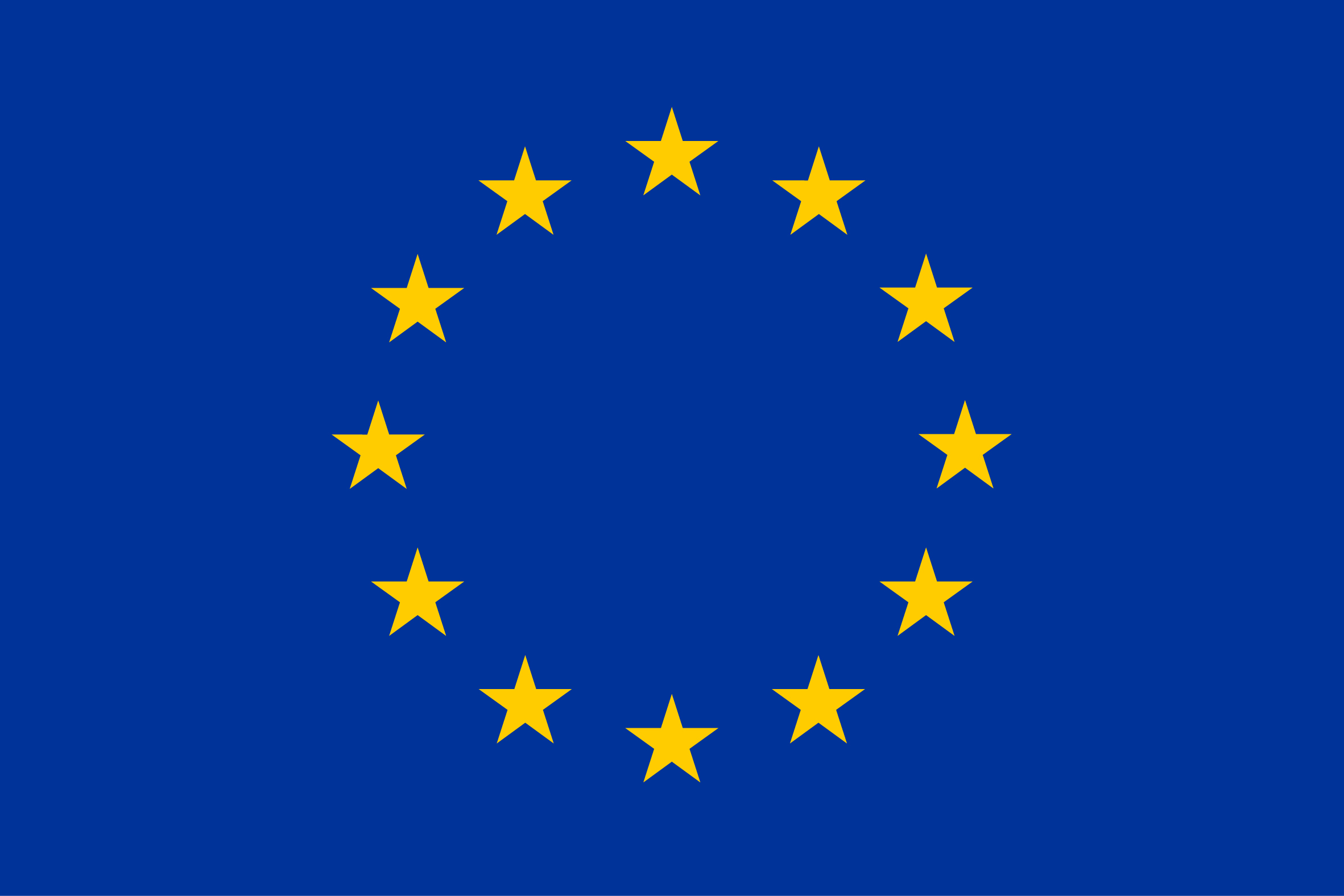Trade Cases

Leibowitz: The US-EU Controversy over CO2–The Steel Example
Written by Lewis Leibowitz
June 11, 2023
The US and European Union are working on an agreement dealing with carbon emissions in the steel industry. The impact on bilateral trade could be high. In 2021, the US and EU agreed that the US would suspend the 25% Section 232 tariffs on steel and aluminum, and the EU would drop its World Trade Organization (WTO) litigation against the tariffs, in which it was claimed that the tariffs violated WTO agreements. The two parties agreed that this “ceasefire” would last two years until October 2023. The plan was to reach agreement by then to coordinate efforts dealing with carbon emissions and to address global “overcapacity” in steel and a mechanism to reduce carbon emissions in steel production. (I always put “overcapacity” in quotes because overproduction, not overcapacity, is the true problem.)

Things aren’t going well yet on the carbon front. The EU has developed a program to put a market price on carbon emissions, through a mechanism called the “Emissions Trading System” or ETS. It sets limits, for electricity and industrial processes, based on emissions. Industries, including steel, will have to reduce emissions by 2026. Any company that emits more carbon per ton than the average for that industry must purchase the “right” to pollute from a company that has lower-than-average emissions.
The United States has paid lip service to putting a price on carbon emissions, but the administration does not like a domestic “carbon tax” on US companies. Domestic producers would be happy to impose costs on foreign producers without paying domestic taxes. Bills have been introduced in Congress to impose tariffs on foreign steel based on their carbon emissions, but none has passed yet. A tariff without a domestic tax on carbon would have problems in the WTO.
A CRU study commissioned by the Climate Leadership Council (composed of major corporations and some environmental groups) notes that the US steel industry is much cleaner than most foreign industries, and that about 75% of current US imports of steel are “dirty.” Much of the US cleanliness stems from the fact that over 70% of US production is from electric-arc (EAF) furnace plants, which are much less carbon-intensive on average than blast furnace (BF) plants. Most of the rest of the world is far more dependent on BF plants (and coal-fired electricity).
A carbon tariff would monetize the carbon advantage of US companies, without punishing BF plants in the US or rewarding EAF plants. Again, BF plants tend to produce more carbon emissions than electric furnace mini mills. In the US, plants would be encouraged to improve their carbon emissions by subsidizing new technologies, such as carbon capture and sequestration (CCS). The Inflation Reduction Act has provided a subsidy for installing CCS systems of up to $85 per metric ton of steel. The expense of capturing carbon and putting it in underground storage would be developed largely at government expense, and domestic steel producers would not be required to develop expensive new production technologies, at least not in the near term. Steel companies in the US would largely be able to continue producing steel pretty much as they do now.
This leaves a gulf between the US and EU positions. The EU, which has set a price on carbon through the ETS, combines that domestic policy with a tariff to equalize the costs of carbon reduction between domestic producers and imports. An important feature of this policy, the EU insists, is that competing foreign producers must face similar cost increases for carbon reduction. Otherwise, the European industry will face eternal unfair competition. Countries that impose a price on carbon emissions on their industries will be exempt from the tariffs, but those that don’t will have to pay it. The US seems to be on the wrong side of that line.
The US, however, insists that the carbon emissions advantage the US already possesses, plus the advent of new technologies such as CCS, should exempt US exports to Europe from the carbon border adjustment mechanism (CBAM). The US, it asserts, is part of the solution, not part of the problem.
A recent request from US Trade Representative Katherine Tai to the US International Trade Commission has been viewed as an attempt to build a record of the US advantage in carbon emissions. Ambassador Tai requested the ITC to analyze the actual carbon emissions of US and international steel and aluminum production industries. The ITC study will not be finished in time to meet the October 2023 target for an agreement with the EU. Perhaps the US will offer to maintain the status quo until the report comes out in January 2025. To bolster this point, Senators Chris Koons (D-Del.) and Kevin Cramer (R-N.D.) have introduced a bill to require the Energy Department to conduct a similar study of energy-intensive industries (steel, aluminum, oil, gas and certain critical minerals) in the US and major foreign producers. Seven other US senators are cosponsors of the “PROVE IT” Act.
If the two sides cannot bridge what is a yawning chasm between their positions, the continued suspension of Section 232 tariffs could be in question as early as October of this year. Direct threats have not surfaced yet, and there may be a chance to kick the can down the road until after the 2024 elections in the US. But the danger is not zero.
Both the US and the EU are still learning how to deal with a relatively new international trade problem. Global trading rules have historically not bothered much with how a product is made. Slave labor and child labor have been the major exceptions until recently. Measuring tariffs by how “dirty” a production process might be are thought by many countries in the developing world as a hit against them as they become more competitive in manufacturing.
Climate issues present a host of new challenges. Energy-dependent industries like steel and aluminum are responsible for carbon emissions from electric utilities. European and American manufacturers would be incentivized to insist on greater renewable energy production so that their products would be cleaner. But utilities must invest to clean up energy production. There are interim measures, such as replacing coal-fired generation with natural gas, that will help.
Most experts consider that both subsidies and taxes (carrots and sticks) could help change the way the world’s industries produce things. Considering that the problem is global, good ideas should ideally be shared—another new concept in intellectual property.
The US-EU impasse should not be that hard to resolve through compromise. Consider, however, that carbon emissions are increasingly produced by manufacturers in emerging economies. A tax on carbon emissions will likely generate tensions between the developed and developing worlds. That will be much harder to deal with than the spat between the EU and the US.
Lewis Leibowitz
The Law Office of Lewis E. Leibowitz
5335 Wisconsin Avenue, N.W., Suite 440
Washington, D.C. 20015
Phone: (202) 617-2675
Mobile: (202) 250-1551
E-mail: lewis.leibowitz@lellawoffice.com

Lewis Leibowitz
Read more from Lewis LeibowitzLatest in Trade Cases

Price on Trade: Auto tariffs, auto parts, and Hyundai – a world of rapid changes
Trump's new auto tariffs will apply to passenger vehicles (including sedans, sport utility vehicles, crossover utility vehicles, minivans, and cargo vans), light trucks, and certain automobile parts (including engines and engine parts, transmissions and powertrain parts, and electrical components).

CRU: Canacero urges Mexico-US partnership to fend off Asian steel imports
Victor Cairo, head of Mexico’s steel sector body Canacero and CEO of ArcelorMittal Mexico, says he is confident negotiations between the Mexican and US governments planned for April 2 will lead to the creation of a regional block to substitute imports, especially from Asia.

US chassis makers seek duties on imports from Mexico, Thailand, and Vietnam
Upon the request of US chassis manufacturers, the Commerce Department this week initiated investigations into the alleged dumping and subsidization of chassis imported from Mexico, Thailand, and Vietnam.

European Commission eyes stricter limit on tariff-free steel imports
The European Commmission is reducing the amount of tariff-free foreign steel that can enter the EU.

Trump says exceptions could exist on reciprocal tariffs
President Trump said on Monday there may be exceptions for some countries on reciprocal tariffs.
